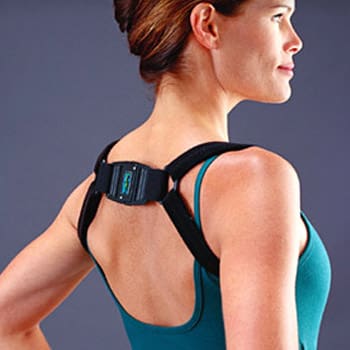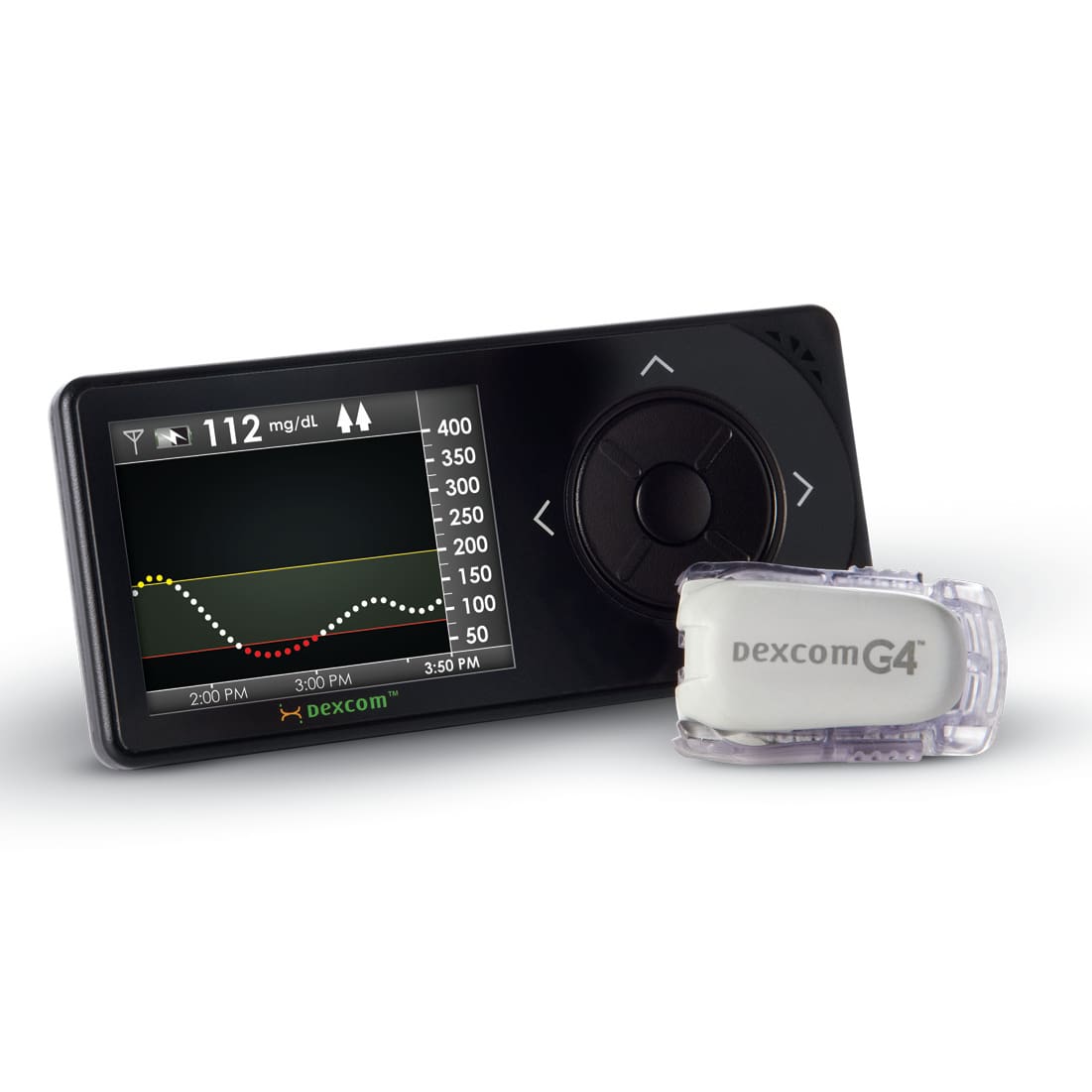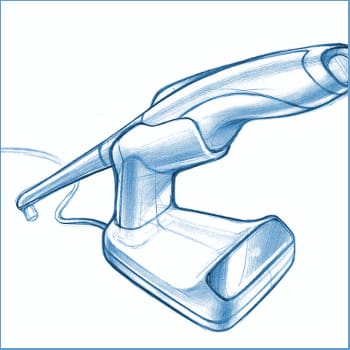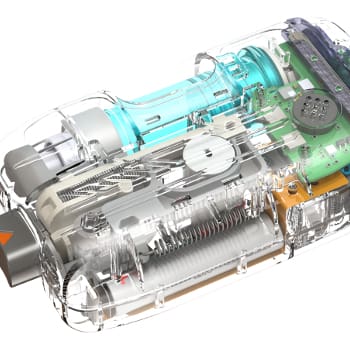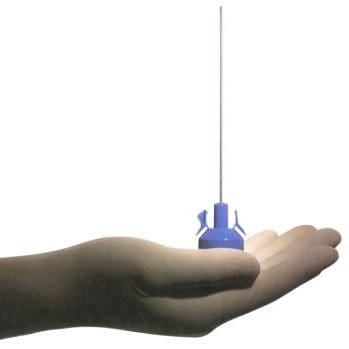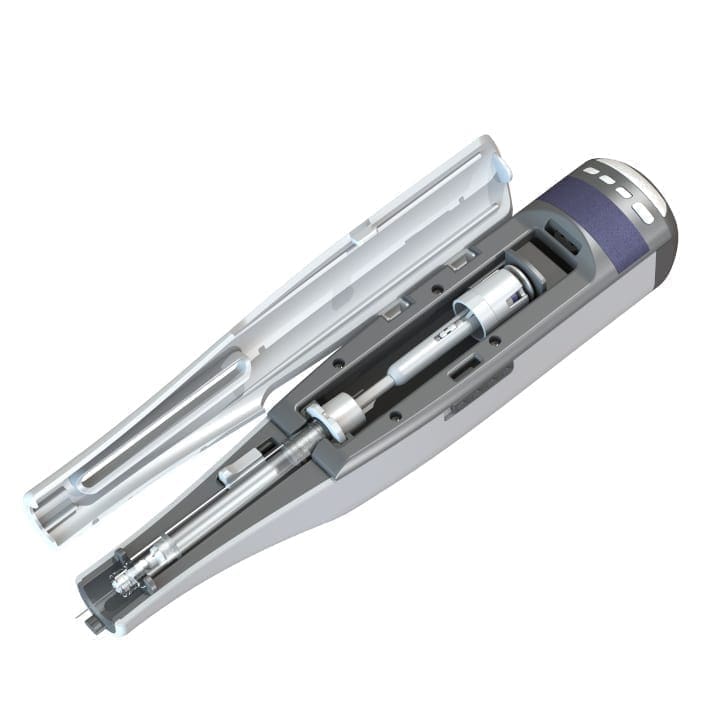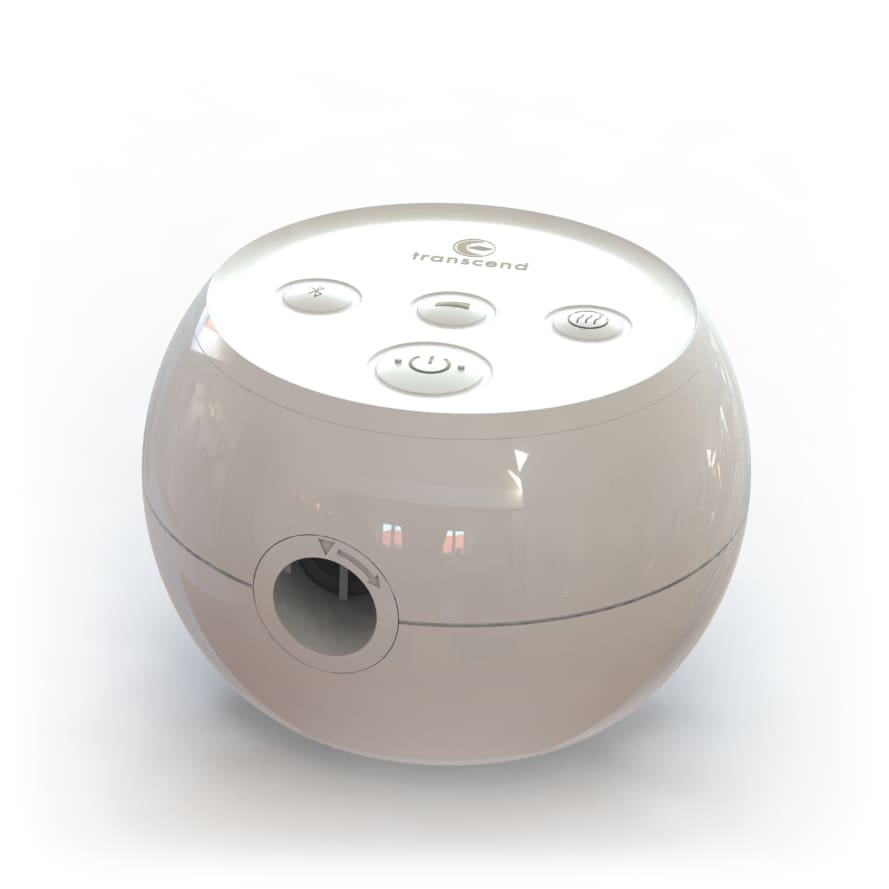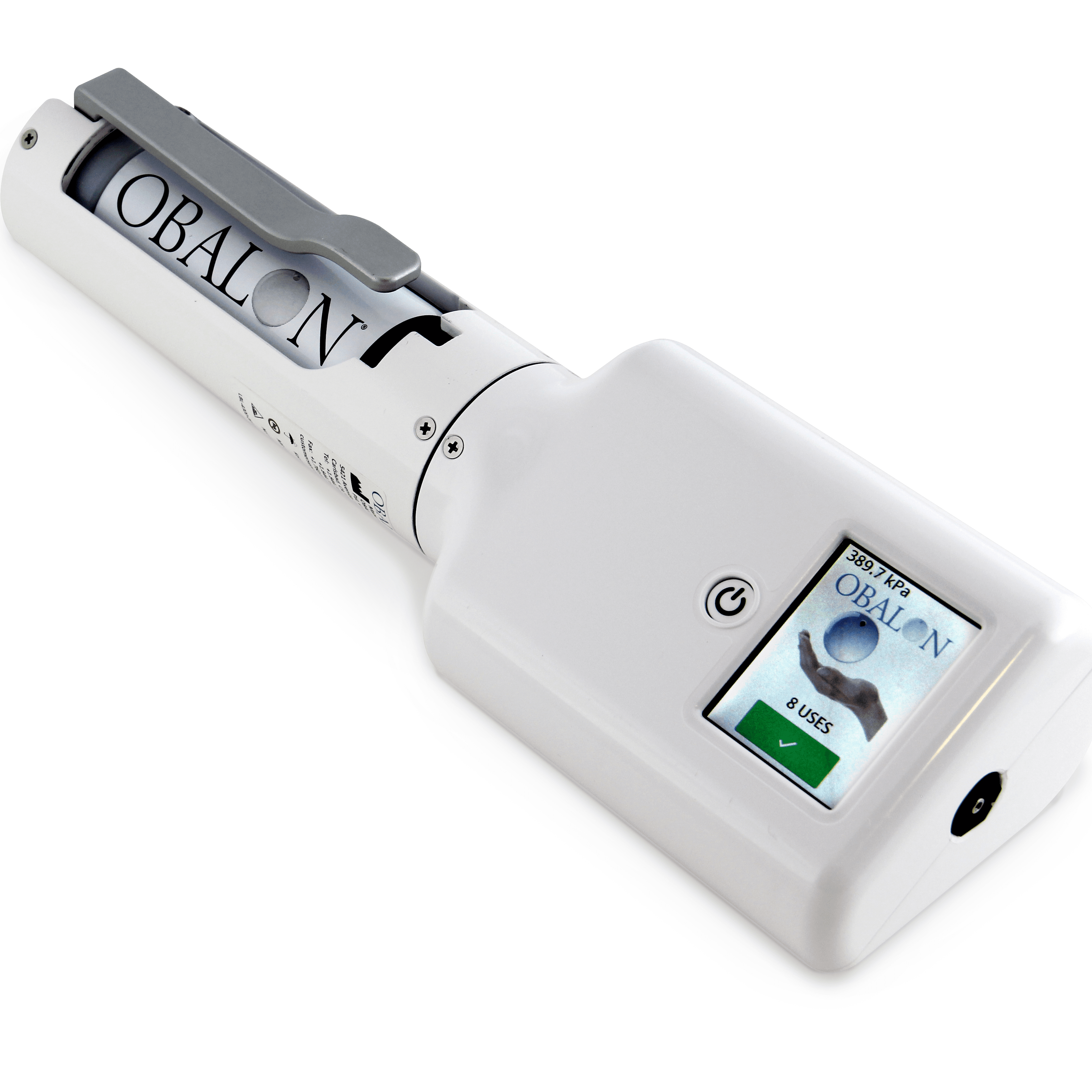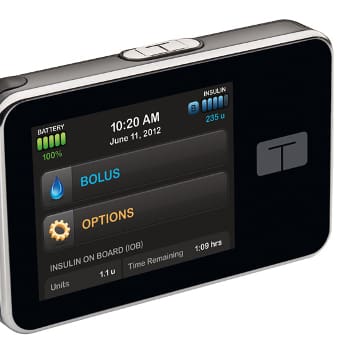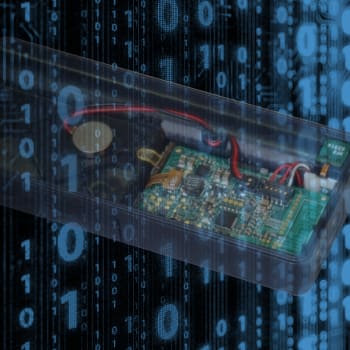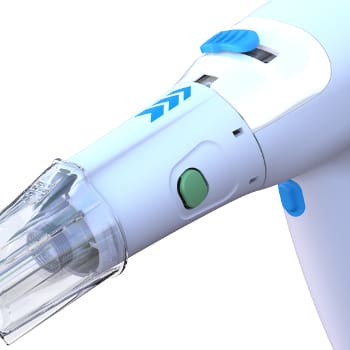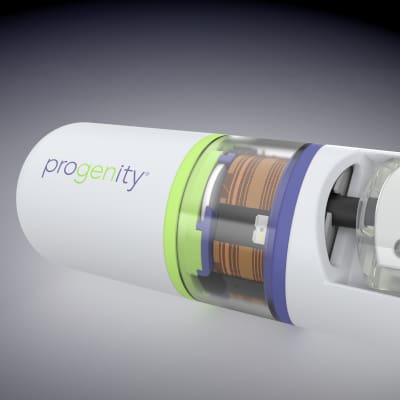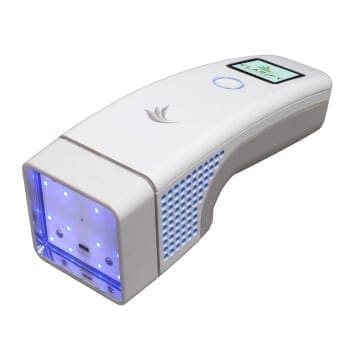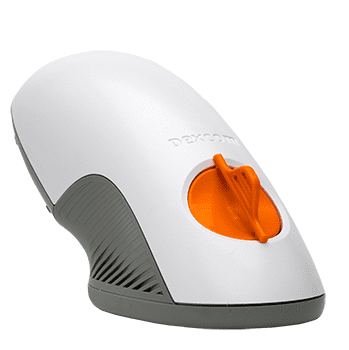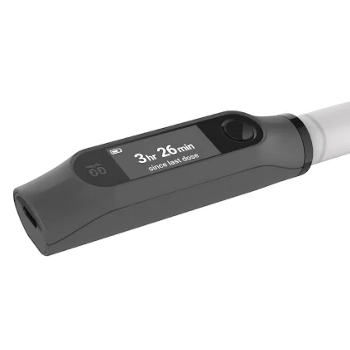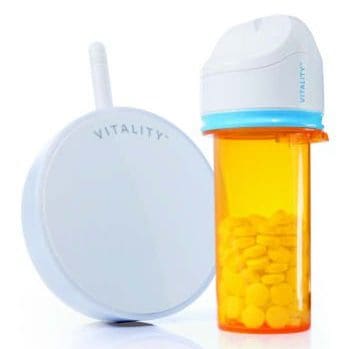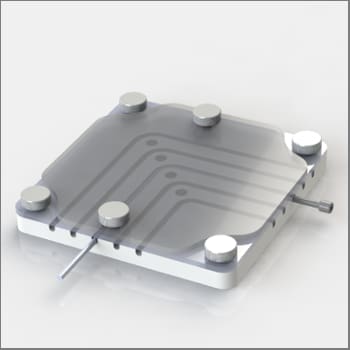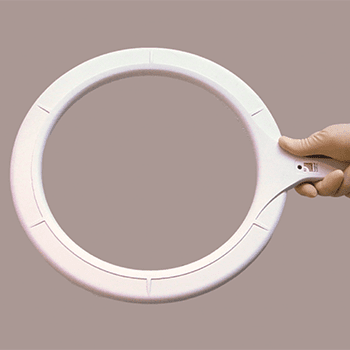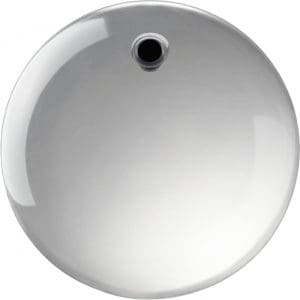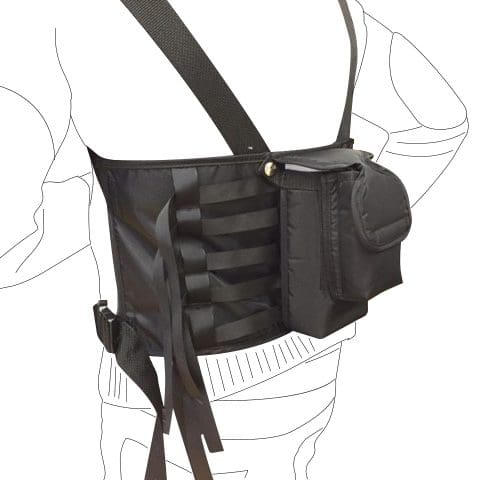AUTOMATED VACCINE MANAGEMENT SYSTEM
THE MARKET OPPORTUNITY
Small medical practices that administer vaccinations typically pay for the vaccines up front and store them in small refrigerators that are unable to maintain temperatures within the narrow 2 – 8°C specified by vaccine manufacturers and required by the Center for Disease Control (CDC) for most refrigerated vaccines. If vaccine temperatures are not maintained within range, the vaccines may not be effective and may need to be discarded, a significant expense that the practice must absorb. The lack of a more robust solution and the economic risks combined to deter some practices from offering a full range of vaccines for adult and pediatric patients.
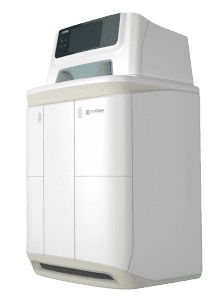
TruMed’s vision was to create an automated vaccine management system that would simplify vaccine administration for typical adult and pediatric medical practices by automating the entire workflow. They envisioned an automated kiosk-like system with cloud-enabled inventory control, vaccine tracking, cold chain management, and many other features, with a simple user interface. NOVO’s development team worked with prospective users to understand their needs at a detailed level. A sophisticated, connected health device christened AccuVax began to take shape.
Some of the high-level system requirements included:
- Maintain refrigerated and frozen vaccines at their specified temperature during storage, loading, and retrieval
- Increase clinical workflow efficiency by allowing easy loading, inventory, quarantine, and tracking of vaccine use
- Comply with HIPAA requirements for patient privacy
- Actively monitor the inventory and temperature as well as issue alerts via a connected web portal
- Provide a holdover time of 12 hours in the event of a power outage
- Minimize product footprint and overall volume given a capacity of between 750-800 units
TECHNICAL CHALLENGES FOR THE VACCINE MANAGEMENT SYSTEM
The primary technical challenges were related to maintaining temperatures within range in both the freezer and the refrigerator in all operating conditions and use cases. This requirement had to be met even during power outage conditions at the maximum (and minimum) allowable ambient temperature and humidity levels.
Cost constraints dictated a single part-handling robot to service both the freezer and refrigerator compartments. Maintaining the prescribed temperatures in each zone, however, meant that a means to allow the robot to pass between the refrigerator and freezer without mixing large volumes of freezer air into the refrigerator while doing so had to be developed. This led to one of the most novel features of the design.
During holdover (power outage) conditions, with the device running off of battery power only, the temperature requirements were not relaxed. This requirement drove the need for careful power management and innovation around the evaporator defrost system.
Ensuring reliable robot pick-and-place performance over a wide variety of different vaccine packaging form factors, and building in an allowance for the variability in how users loaded vaccines into the system drove significant innovation in the mechanical engineering and control systems designs. Further challenges were related to the reliability and accuracy of the temperature, position, and presence sensor networks, which had to operate reliably in a cold environment subject to icing.
A host of challenges related to sealing and insulation to make the system power-efficient and to control icing drove significant design and manufacturing process development efforts.
NOVO designed a custom refrigeration and robot delivery system. To our knowledge, it is the first product that uses a robot to traverse between a refrigerator and freezer. The single greatest technical challenge on this project was keeping the temperature in the 2 – 8°C range throughout the entire volume of the refrigeration system.
TESTING CHALLENGES
To ensure that all 756 vaccine locations inside the refrigerator were consistently within the specified range, NOVO conducted extensive computational fluid dynamic modeling (CFD modeling) to evaluate the temperature uniformity. A new test method to confirm temperature uniformity for refrigeration systems was developed and sanctioned by the CDC and ASTM. Using this method, temperature uniformity, air flow, and air leakage to the environment could be monitored, which proved invaluable in confirming that the many components of the complex system were functioning as intended.
ADDITIONAL CLINICAL WORKFLOW SOLUTIONS
The AccuVax system communicates with the cloud to back up data and record alerts using an Ethernet connection, with WiFi and cellular LTE connections available as full-capability backups. A battery backup system can maintain specified vaccine cold chain storage temperatures for 12 hours after a loss of power, after which temperature monitoring will continue, allowing the practice to identify and salvage any vaccines that may still be within temperature range.
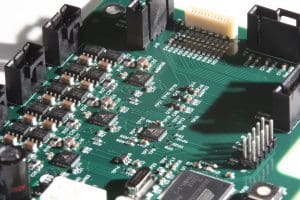
Although the AccuVax can run autonomously, connecting to the online features provides a practice with a number of clinical workflow benefits. To identify and track inventory, the system utilizes a proprietary, dynamic database of vaccine national drug codes (NDCs). This database obviates the need to rely on nurses to check vaccines individually for lot code recalls, warning letters, or vaccine expirations, as the AccuVax is programmed not to dispense these vaccines; additionally, the system can be programmed to alert the administrator when vaccines are depleted or expired, making reordering easier. A nurse logs into the system via biometric verification and can load new vaccines using 1D and 2D barcode scanners mounted on the AccuVax. To dispense vaccines, a nurse can create an order through the clinic web portal, which queues up the vaccine in the AccuVax. At the point of care, the nurse uses a touchscreen interface on the AccuVax to call up the order, and the robot inside of the system retrieves the correct vaccine. The doors open so that the vaccine may be removed, and after removal, the doors close again to maintain temperature. After dispensing, the transaction is recorded and a record of vaccination may be sent to the patient’s electronic medical record (EMR).
System security prevents physical access to the vaccines without mechanical disassembly, so nurses cannot bypass the system. Stock is prioritized automatically so that older vaccines are dispensed first, and users with administrative permissions can view transaction records, force or remove quarantines, and purge lot codes from any web browser.
PRACTICE BENEFITS
NOVO has been proud to partner with TruMed Systems from the early stages of development to design AccuVax, the first fully automated vaccine storage and management system. AccuVax is a custom connected health solution that, through more cost-effective delivery of care and improved ease of vaccinations, will help small medical practices realize their goal of providing the “triple aim” of healthcare.
Watch other videos about the AccuVax system.

